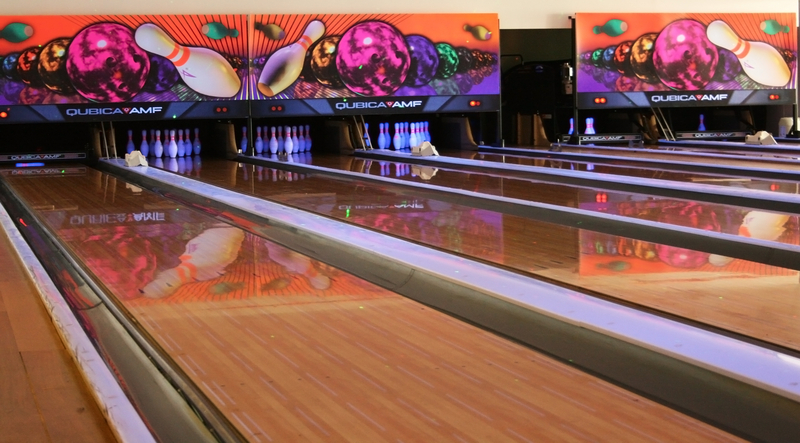The High Cost of Strikes: Bowling’s Pricing Dilemma
In recent years, bowling—a beloved American pastime—has seen a dramatic shift, transitioning from a reasonably priced activity at a locally owned bowling alley to what many now view as a luxury outing by national brands. This shift is causing a stir among bowling enthusiasts and casual players alike, leading to a heated discussion on the matter in online forums such as Reddit’s r/newjersey.
The core of the issue seems to center around the practices of Bowlero Corp, a company that has been aggressively acquiring bowling centers across the country. According to numerous Reddit users, since Bowlero’s takeover, the cost of a game has significantly increased—sometimes doubling or even tripling.
The company is known for transforming traditional bowling alleys into high-end entertainment centers, which undoubtedly offers a more polished experience but also comes with a steep price tag.
This premium model includes not just bowling but also other entertainment options, food, and drinks, all of which are priced much higher than the old bowling alley many remember.
For many, these prices are a deviation from bowling’s roots as an accessible and affordable way to spend time with family and friends. A nostalgic wave sweeps through discussions as participants reminisce about times when bowling was a staple of community life, offering a cheap and cheerful way to socialize and unwind.
What seems to rankle most is not just the increased cost but the loss of community-centric alleys where the game was not just a pastime but a local gathering point. This sentiment is echoed by those who have shifted their patronage to independent lanes, which often maintain lower prices and a more traditional atmosphere. However, the survival of these smaller alleys is under constant threat from the expansive strategies of conglomerates like Bowlero.
The discussion also brings up broader economic concerns that extend beyond the alleys themselves. As costs rise, the demographic of bowling participants narrows, potentially excluding younger players and less affluent families, which could have long-term effects on the sport’s popularity and accessibility.
In essence, while the evolution of bowling alleys into comprehensive entertainment venues may appeal to a new crowd willing to pay premium prices for a night out, it also alienates traditionalists and casual bowlers who long for the simplicity and affordability of past times. The debate continues as communities grapple with these changes, weighing the benefits of modernization against the preservation of bowling’s classic, inclusive appeal.

